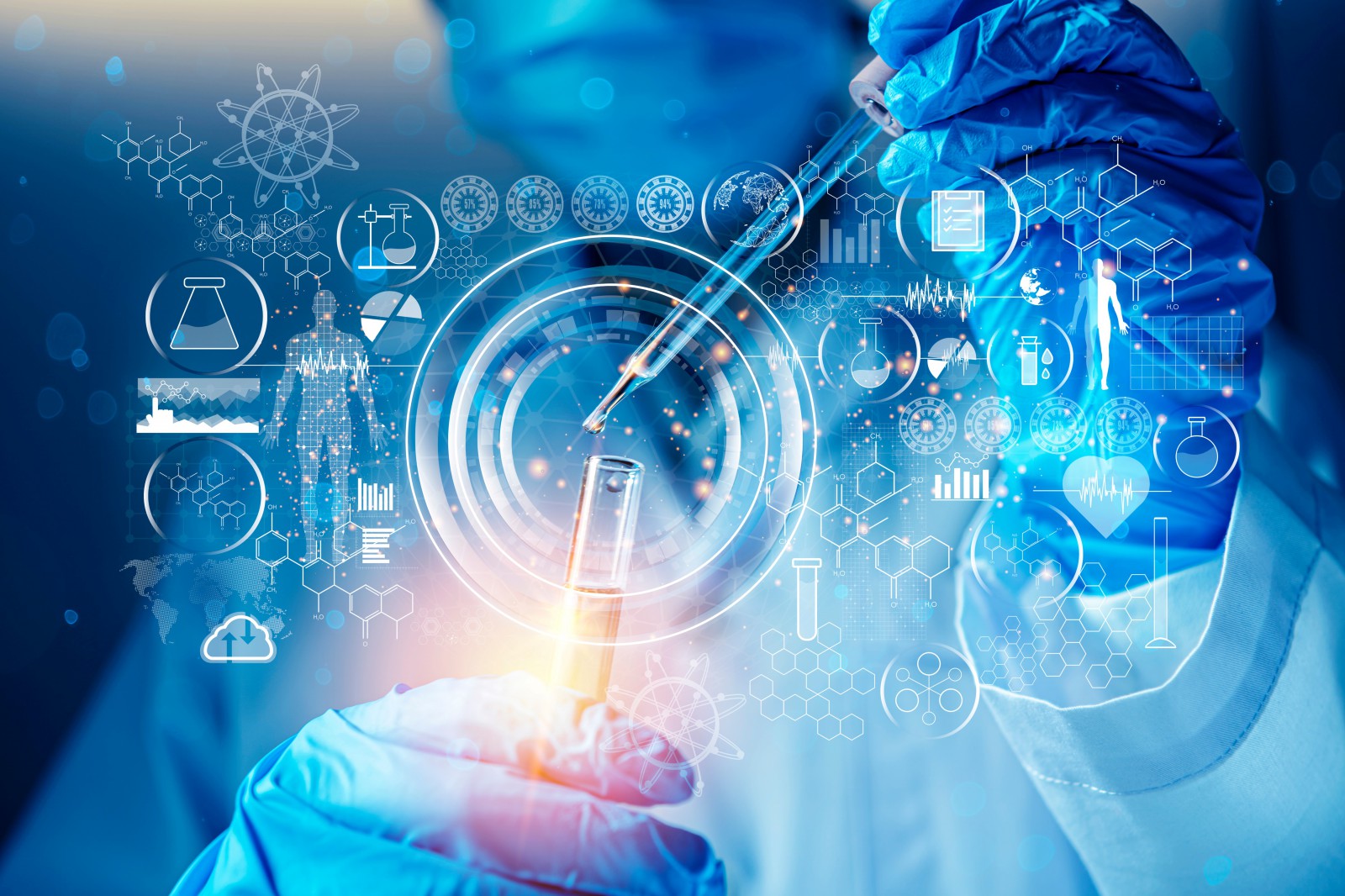Cultured protein and fat – the next big thing?
13.12.2022
The production of animal proteins and fats from stem cells, known as cultured protein and fat, represents an opportunity to address the challenges of resource-intensive livestock farming and the increasing global demand for animal-based food. However, production scalability, process efficiency and texture need to be improved to realize its potential in the future. In addition, country-specific regulatory requirements should be considered.
The demand for animal protein is increasing worldwide, especially in low- and middle-income countries. Due to the resource intensity of livestock farming and the increasing demand and pressure to meet climate targets, new production methods for animal protein are being developed. Thus, cultured proteins, which can be milk, fish, or meat from stem cells, represent a way to meet the growing demand for animal protein. Compared to traditional animal agriculture, cultured meat production requires much less water, antibiotics and land. Fewer greenhouse gases are emitted and biodiversity losses are reduced. Studies show that cultured meat would use land 2,000 to 4,000% more efficiently than beef. For the production of cultured meat as well as cultured fat, stem cells of the respective animal species are required, which are usually obtained from the living animal using minimally invasive methods. These cells then grow in bioreactors - similar to inside an animal's body. The cells are fed with nutrient solutions containing carbohydrates, amino acids, minerals and other growth factors. The cells then differentiate and proliferate into muscle and fat cells. The growth process takes between 2 - 8 weeks, depending on the type of meat. Growing fat cells is easier than muscle cells since these depend less on structure and exercise while they are growing. The cells are then harvested, processed and packaged. The final cultured protein product is then identical to animal protein produced by traditional animal farming. The texture of cultured meat is nowadays rather similar to minced meat and has less fiber structure, but many research efforts are done in tissue and scaffold engineering, e.g. 3D printing. Cultured fat -the lab-grown version of animal fat- however, can be a solution regarding texture, taste, tenderness and mouthfeel of cultured proteins and also for plant-based meat alternatives. A completely new product category of hybrid products is created.All this sounds promising, but the technology is not yet ready for mass production. Theoretically, hundreds of tons of meat could be produced from one cell collection. However, the challenges of commercial production lie in scalability and production costs. The production of laboratory meat is extremely energy-intensive once larger quantities are produced. Furthermore, access to cell lines must be improved and regulatory requirements for market access must be met, which is likely to be particularly difficult in the EU. Singapore is a pioneer in this regard and has approved cultured meat for sale in 2020. In the US, the Food and Drug Administration (FDA) decided in November 2022 that lab-grown meat from the company “Upside Foods” was as safe as comparable foods produced using other methods. In the mid-2020s, some leading cultivated meat companies have started to switch to pilot plants, which, after regulatory approval, could produce the first commercial products.Finally, consumers also have to accept the production method of meat and fat in the laboratory instead of being produced on the farm and pay the initial higher prices. In Singapore, a few years ago, a kilogram of cultured shrimp meat cost USD 10,000. However, in the meantime the company “Shiok Meats” has been able to reduce its costs to USD 50 per kg shrimp meat. Today, alternative proteins, including cultured meat, account for 2% of the global meat market. By 2035, their share could increase by a factor from five to ten. In the future, cultured fat could be used for new meat and plant-based products, containing less dangerous fatty acids, which will positively affect health and could prevent diseases.Schlegel und Partner helps you in gaining valuable market insights into this new, highly technical and evolving market and supports customers in all questions related to this topic.Interested in further information? Please do not hesitate to contact:Dr. Isabelle Symonds, phone +49 6201 9915 10,
Isabelle.Symonds@SchlegelundPartner.de Dr. Svenja Mohr, phone +49 6201 9915 15,
Svenja.Mohr@SchlegelundPartner.de © Schlegel und Partner 2022
Isabelle.Symonds@SchlegelundPartner.de Dr. Svenja Mohr, phone +49 6201 9915 15,
Svenja.Mohr@SchlegelundPartner.de © Schlegel und Partner 2022